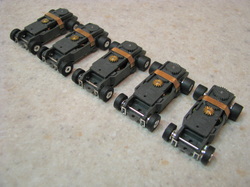
| Armature | Pole 1 Ohms | Pole 2 Ohms | Pole 3 Ohms |
|---|---|---|---|
| Arm 1 | 14.8 | 14.9 | 14.9 |
| Arm 2 | 14.8 | 14.8 | 14.8 |
| Arm 3 | 14.7 | 14.8 | 14.8 |
| Arm 4 | 15.5 | 15.7 | 15.7 |
| Arm 5 | 14.8 | 14.6 | 14.8 |
| Magnet Set | North Reading | South Reading |
|---|---|---|
| 1 | 782 | -778 |
| 2 | 818 | -756 |
| 3 | 774 | -750 |
| 4 | 737 | -733 |
| 5 | 802 | -776 |
| #1 | #2 | #3 | #4 | #5 | #6 | #7 | #8 | #9 | #10 | |
|---|---|---|---|---|---|---|---|---|---|---|
| Thickness | 0.091 | 0.089 | 0.090 | 0.091 | 0.091 | 0.091 | 0.091 | 0.091 | 0.089 | 0.090 |
| Diameter | 0.117 | 0.117 | 0.117 | 0.117 | 0.117 | 0.117 | 0.117 | 0.117 | 0.117 | 0.117 |
| Ohms | 0.3 | 0.3 | 0.3 | 0.2 | 0.3 | 0.3 | 0.3 | 0.2 | 0.3 | 0.2 |
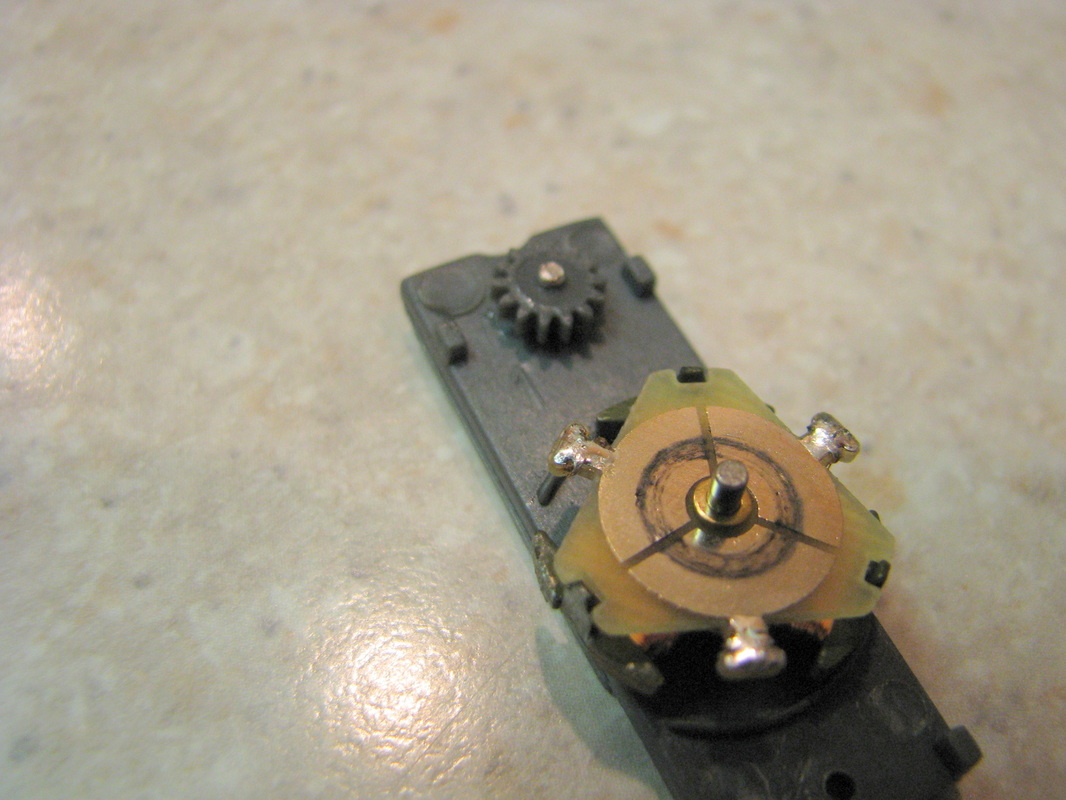
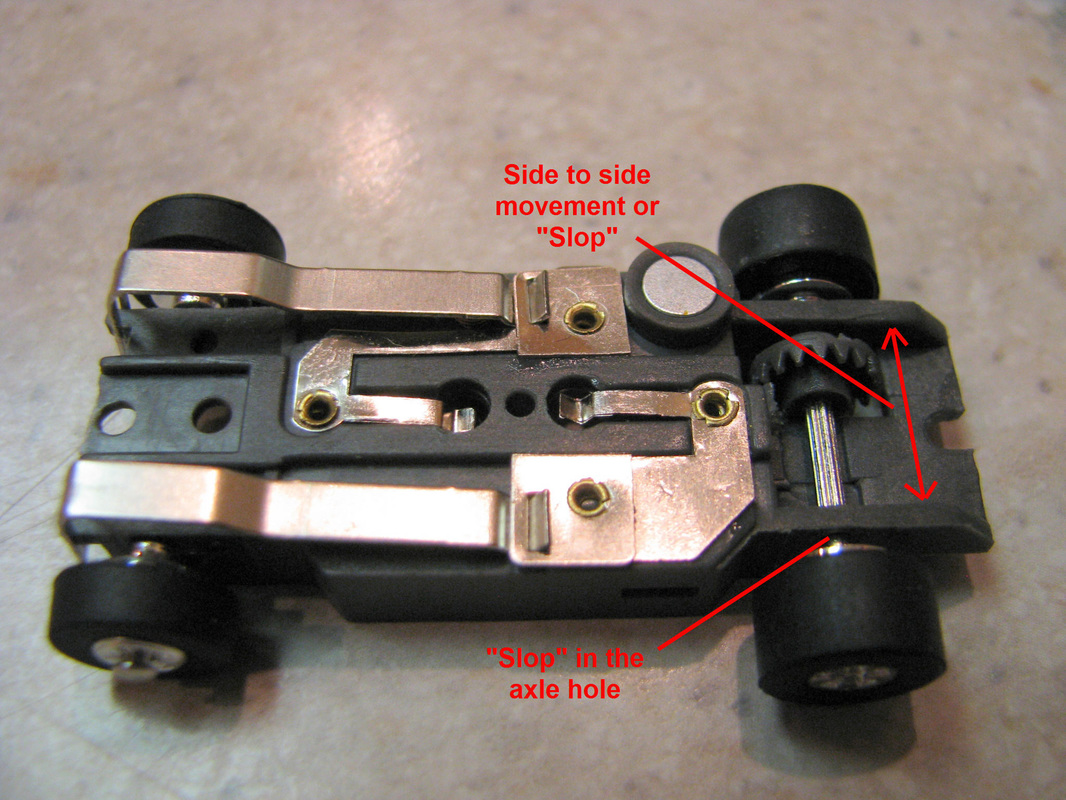
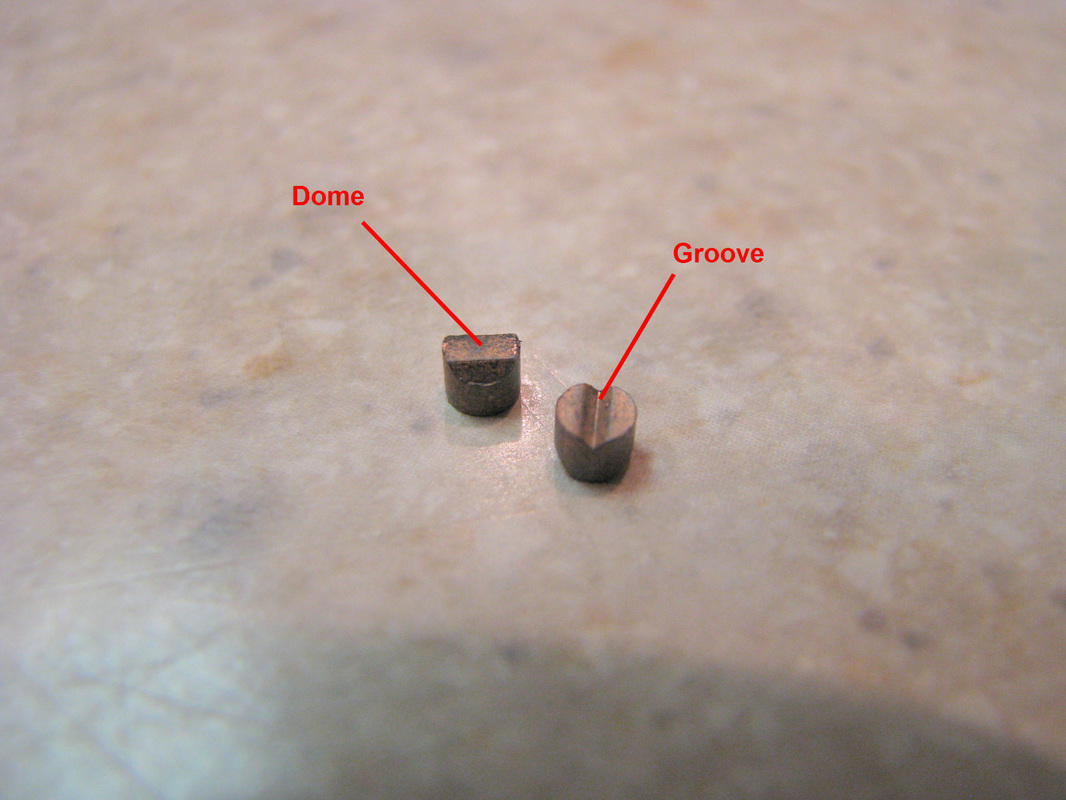

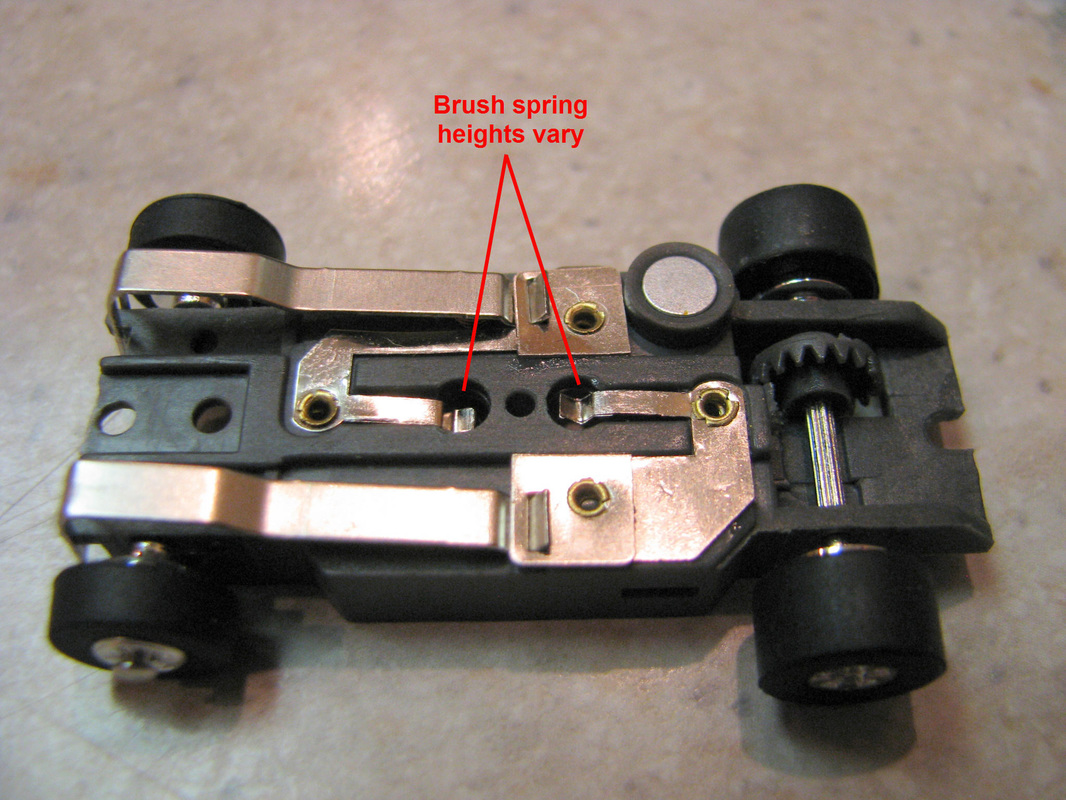
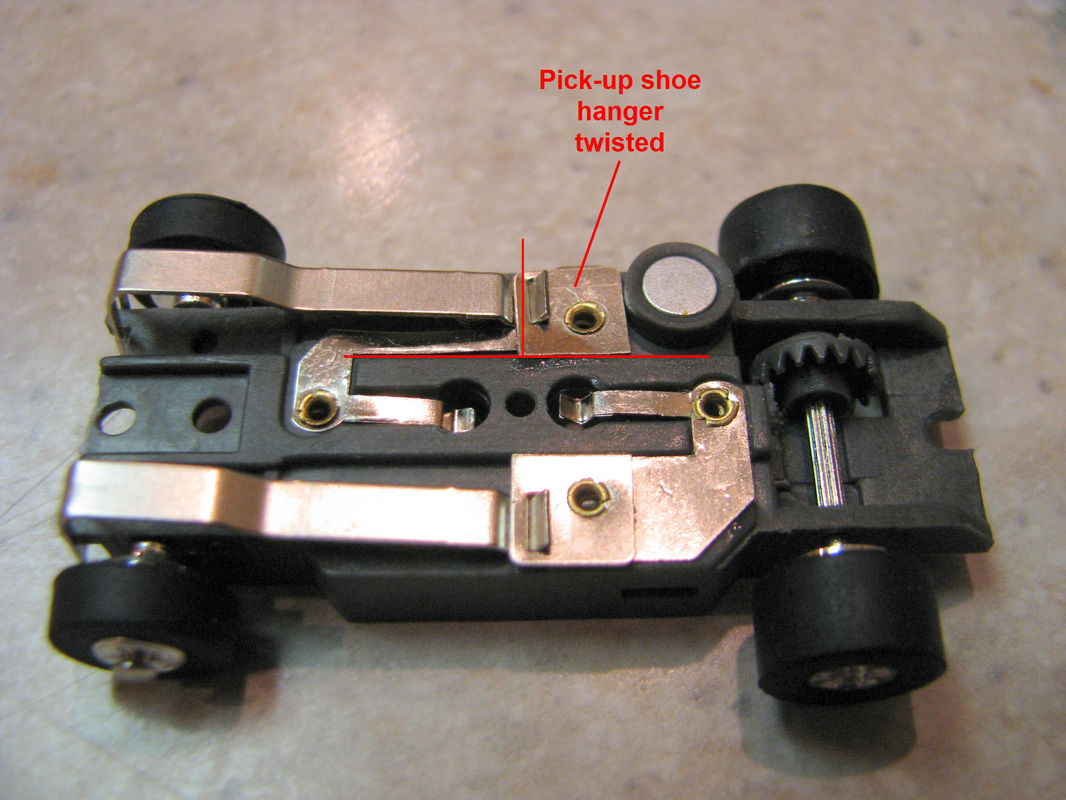
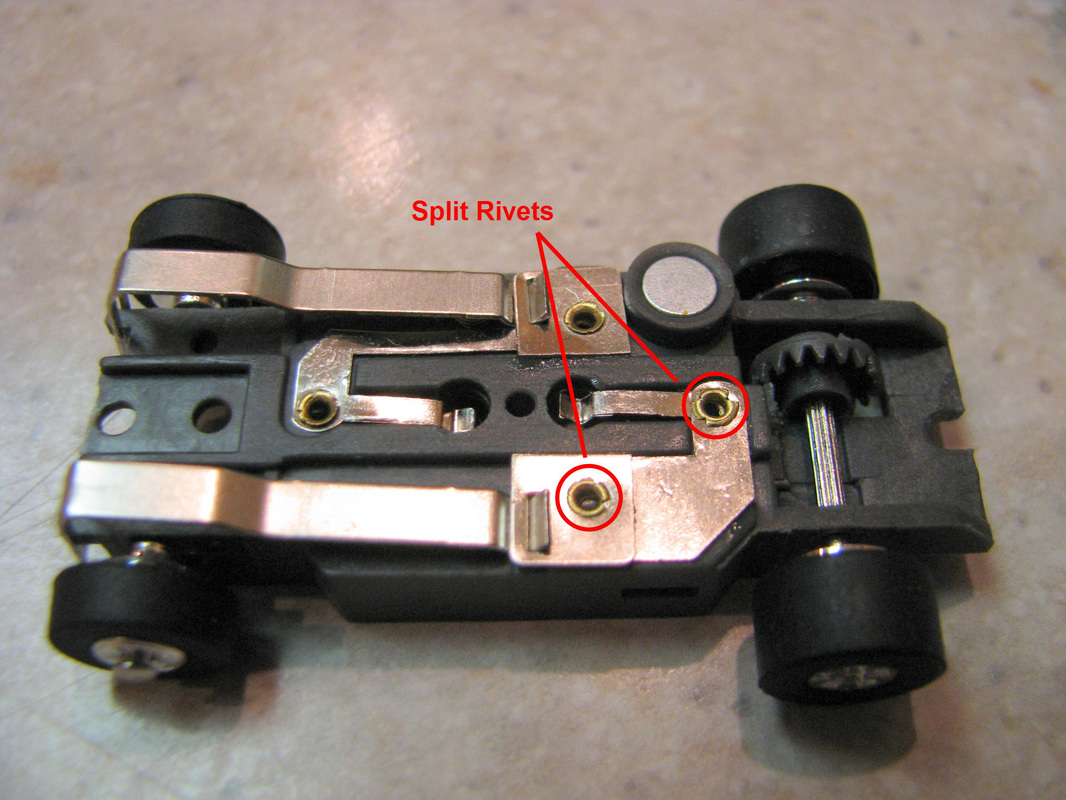
 RSS Feed
RSS Feed